On October 31, Deputy Prime Minister Tran Hong Ha chaired an in-person and online meeting with ministries, branches and localities to contribute and complete the draft Plan to implement the National Power Development Plan for the 2021-2030 period, with a vision to 2050 (Power Plan VIII).
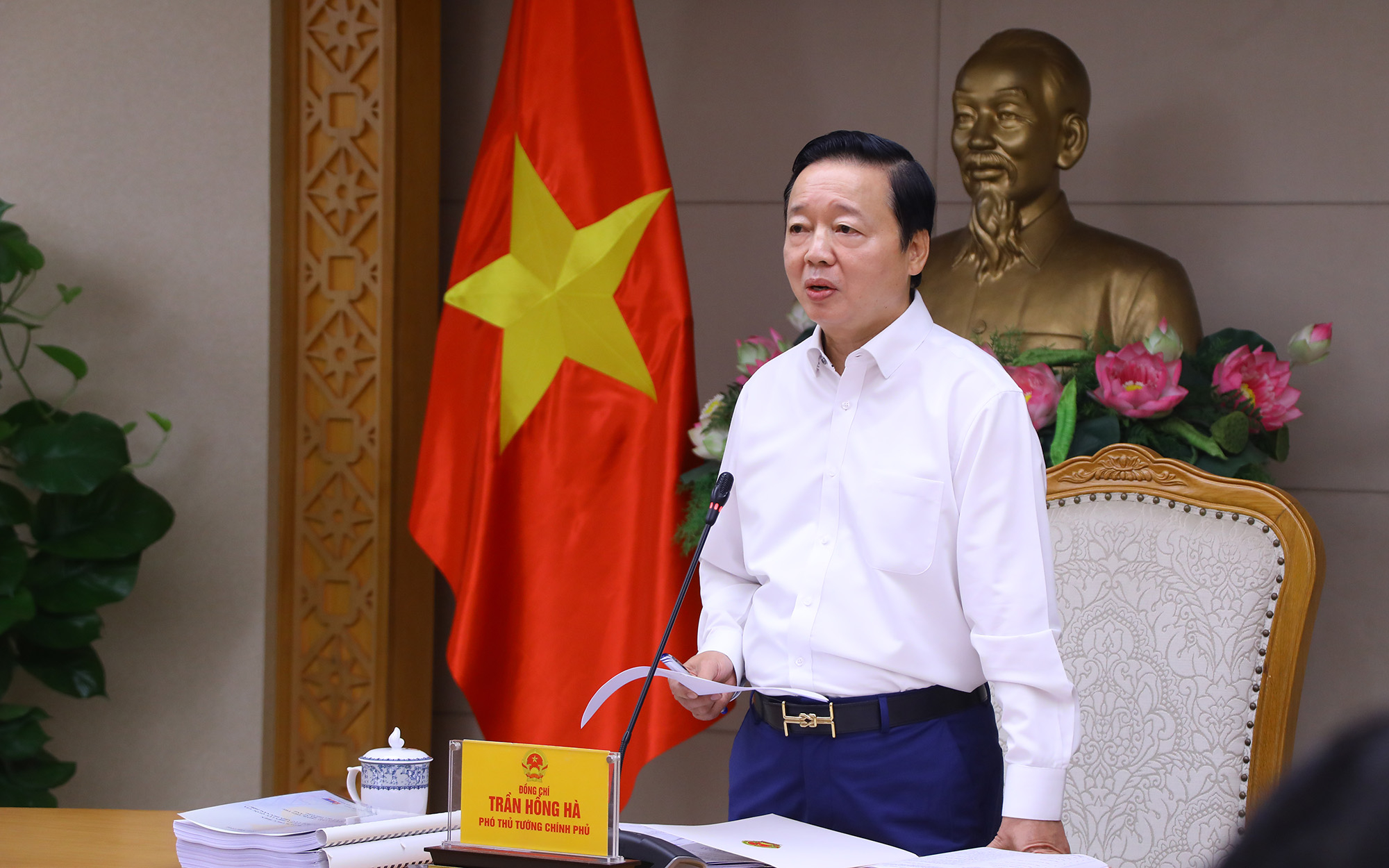
Deputy Prime Minister Tran Hong Ha chaired the meeting.
Overcoming the serious imbalance between regions
At the meeting, Minister of Industry and Trade Nguyen Hong Dien said that since mid-May 2023, the Ministry of Industry and Trade has started to develop an implementation plan, working with relevant ministries and branches and collecting parameters and comments from localities. "Up to now, after 2 urgings, 52/63 provinces and cities have commented on the draft Plan," the Minister said. The important goal of the Plan to implement the 8th Power Plan is to overcome the serious imbalance between regions; the structure between power sources, especially renewable energy; between sources and transmission.
Leaders of Da Nang City, Quang Nam, Nghe An, Ha Tinh provinces... proposed to "loosen the room" for renewable energy sources (rooftop solar power, biomass power, electricity produced from waste) to meet the huge demand of industrial park enterprises, as well as projects registered by enterprises for investment in the area.
"The locality also wishes to supplement and invest in transmission infrastructure to meet the rapidly increasing industrial load demand in the area," said Chairman of Nghe An Provincial People's Committee Nguyen Duc Trung.
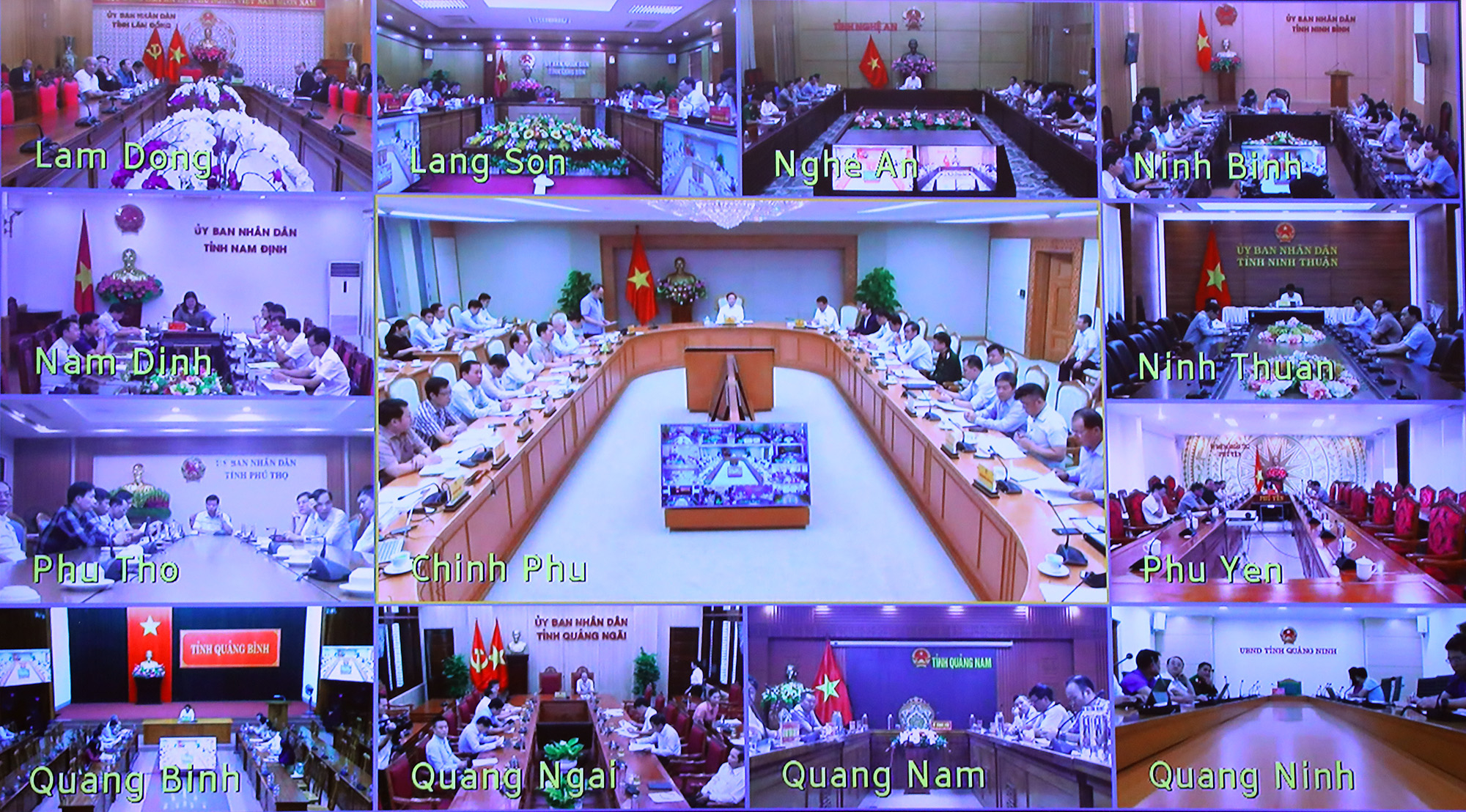
The meeting is connected online.
Chairman of Dien Bien Provincial People's Committee Le Thanh Do hopes that the Central Government will prioritize allocating more power capacity to disadvantaged localities with advantages in developing renewable energy, thereby creating more resources for socio-economic development in the area. Meanwhile, the leader of Hai Phong City People's Committee proposed that ministries and branches quickly issue documents guiding the processes and procedures for implementing offshore wind power projects.
The development and implementation of the Plan for implementing the Power Plan VIII must be feasible and clearly define responsibilities.
Speaking at the meeting, Deputy Prime Minister Tran Hong Ha emphasized that the development and implementation of the Power Plan VIII must be feasible, clearly define responsibilities, ensure energy security, and meet the needs of socio-economic development. "We need to carefully calculate the total power capacity, load demand and annual implementation plan, ensuring that it meets the development needs of each region," the Deputy Prime Minister stated.

The Deputy Prime Minister requested the Ministry of Industry and Trade to publicize the criteria for determining the list of power source projects according to the open mindset, "shifting from brown to green" of the 8th Power Plan.
The Deputy Prime Minister requested the Ministry of Industry and Trade and relevant agencies to strictly comply with legal regulations in developing and implementing the Plan for implementing the 8th Power Plan to ensure comprehensiveness, comprehensiveness and feasibility, and to prevent power shortages in the following years; to determine the responsibilities of the Central and local governments in implementing power source projects, transmission infrastructure, as well as of demand forecasting agencies as a basis for developing plans...
"The plan must be comprehensive, specific, detailed, closely following each goal and criterion in the 8th Power Plan, with a list of projects, scale, resources, and implementation mechanisms. In the immediate future, by 2025, it must ensure that there is no power shortage," the Deputy Prime Minister emphasized, requesting the Ministry of Industry and Trade to review the list of power source projects, calculate the potential risks to have plans to replace important and urgent power source projects that cannot be implemented; evaluate public investment capital sources and the private sector; study specific mechanism and policy solutions to create favorable conditions for power source projects. In addition, it is necessary to have a plan to develop transmission infrastructure in sync with power source projects.
Regarding some specific issues, the Deputy Prime Minister requested the Ministry of Industry and Trade to publicize the criteria for determining the list of power source projects according to the open thinking, "transition from brown to green" of the Power Plan VIII, on the basis of ensuring safety, technology, infrastructure and economic efficiency, "no asking-giving". Local projects that fully meet the criteria, are feasible and legal must be included in the plan but not legalize illegal projects.
The Deputy Prime Minister also requested the Ministry of Industry and Trade to accept opinions in the direction of facilitating small hydropower projects that are environmentally sustainable; there is no "room" for rooftop solar power in sync with technical safety solutions and economic efficiency; research and deploy technologies to produce and export electricity and new fuels (green hydrogen, green ammonia)... In addition, projects under the Power Plan VII that still fully meet the criteria of the Power Plan VIII must be included in the list.
The plan to implement the Power Plan VIII has detailed the development plan for power source projects suitable for the power source structure by 2030, such as: Total LNG thermal power capacity is 22,400 MW; total coal-fired thermal power capacity is 30,127 MW; total hydropower capacity is 29,346 MW.
The plan also identified the capacity of local and regional renewable energy sources, including: Total onshore wind power capacity of 21,880 MW; total offshore wind power capacity of 6,000 MW; total hydropower capacity of 29,346 MW.
The plan to implement Power Plan VIII has not yet determined the list of concentrated solar power projects.
By 2030, we plan to import about 5,000 MW from Laos, which can increase to 8,000 MW when conditions are favorable with reasonable electricity prices. In locations with potential for electricity export such as the Central and Southern regions, the export scale will range from 5,000 MW to 10,000 MW by 2030.
The demand for land and sea surface use for power projects by 2030 is 90.3 thousand hectares and 111.6 thousand hectares, respectively.
Source








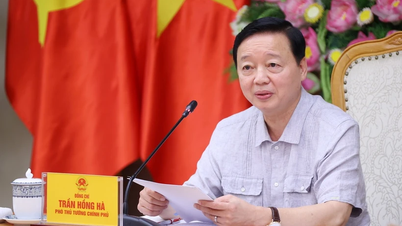

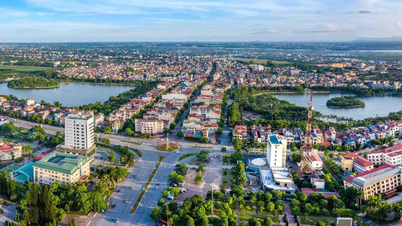






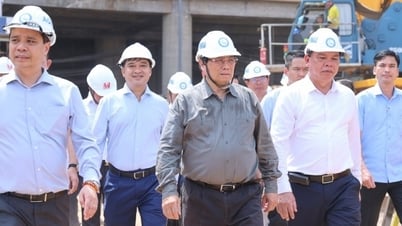



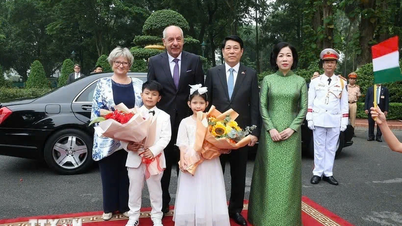

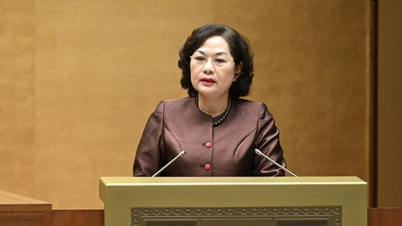

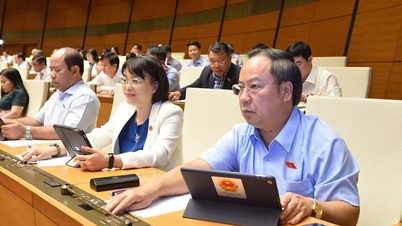

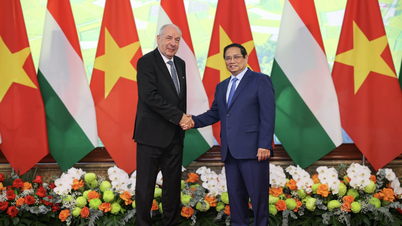
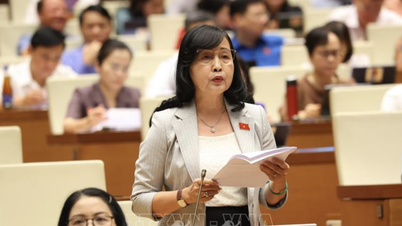






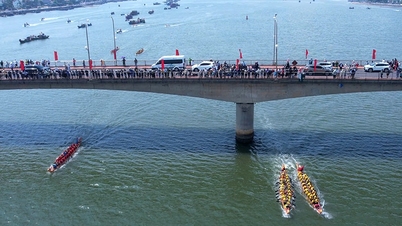



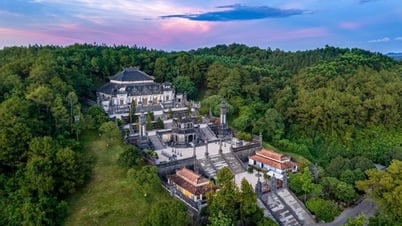
































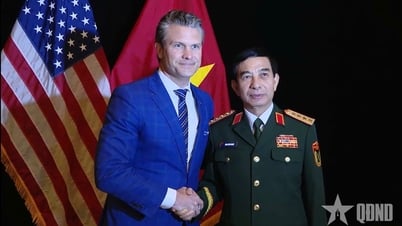







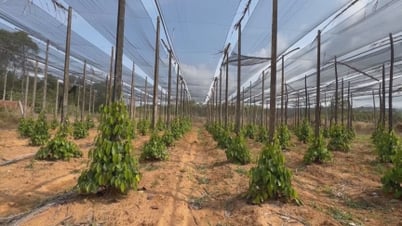




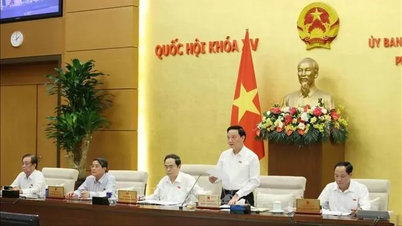


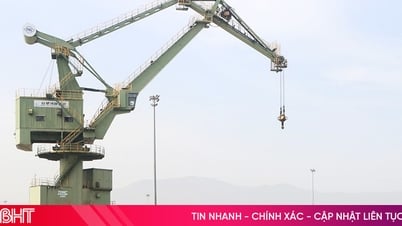














Comment (0)